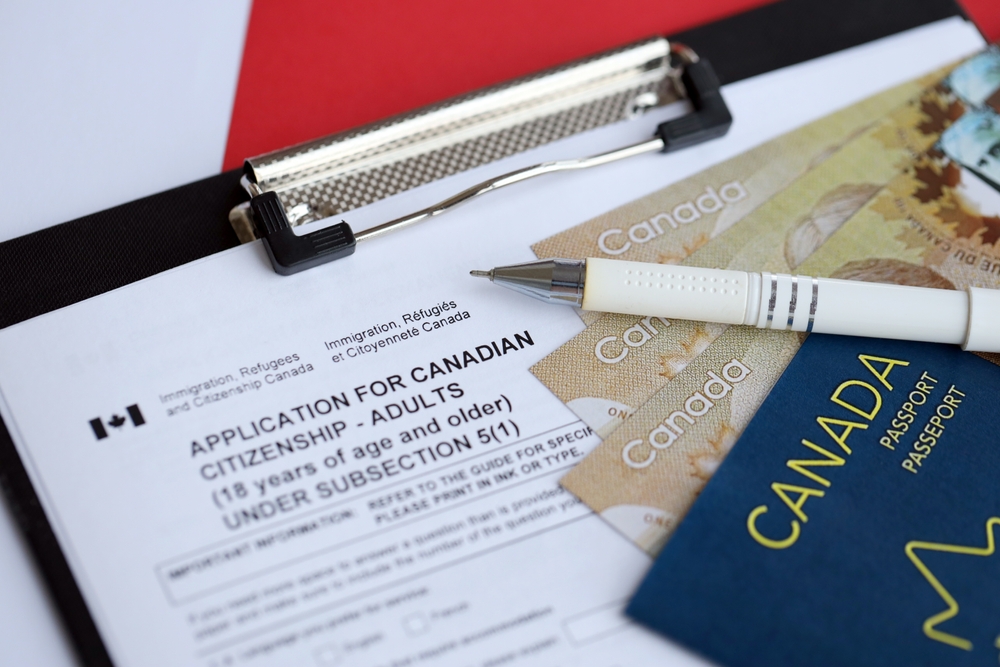Immigration Refugees and Citizenship Canada has recently changed the calculation of application processing duration. The change was initiated by a report by the Auditor General’s office, which flagged the need. It made recommendations on processing time calculation and communication with clients.
The report suggested that information on processing times should consider the volume and age of applications in the inventory. The information should be accessible online for all PR applications. IRCC responded by updating its service standards to address the backlog of permanent residence applications.
IRCC’s service standards are the period it takes to decide on an application. Each application takes a specific amount of time. For example, applications for spousal sponsorships can take 12 months to be approved, whereas applying for permanent residence through an express entry program takes a maximum of six months. From IRCC’s recent updates, you can predict how long your application will take. The department will use forward-looking processing times to publish applicants’ expected application duration.
Which Programs Are Affected?
Immigrants applying for high-volume programs will benefit from the updated processing times. These programs include:
- Canadian Experience Class
- Provincial Nominees Program
- Federal and Quebec Skilled Workers
- Citizenship Grants and Certificates
- Spouse or common-law partner living inside or outside Canada
- Parents or grandparents

Understanding Forward-Looking Processing Times
Forward-looking processing times allow you to estimate the time it takes to make a final decision on an application. This method is based on the total number of applications in relation to the number of applications that the department can process. It can be impacted by admission spaces in the immigration levels plan, seasonal changes, and the department’s processing capacity.
In the past, IRCC used historical data on previous applications to estimate processing times. For permanent residence programs, the department analyzed the duration it took to process most of the applications within the previous six months. Temporary residence programs took eight or 16 weeks. After IRCC implements the new calculation methods, applications for visitor visas, work and study permits will still use this method.
If you’ve applied to a program using the updated processing time method, you’re closer to receiving a decision. This is to clear the confusion and prevent you from re-applying. The department processes applications as it receives them. You won’t have to wait any longer to receive a final decision simply because you used the previous method.






